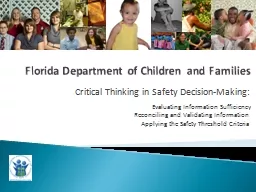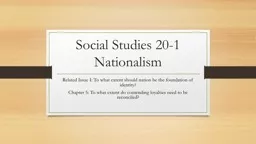PPT-Reconciling Nationalistic Loyalties
Author : ellena-manuel | Published Date : 2018-02-01
CH 3 Pages 6787 If you are currently confused by nationalism Economic Nationalism Valuestermsconcepts protectionism policieslawdomestic control tariffstaxes control
Presentation Embed Code
Download Presentation
Download Presentation The PPT/PDF document "Reconciling Nationalistic Loyalties" is the property of its rightful owner. Permission is granted to download and print the materials on this website for personal, non-commercial use only, and to display it on your personal computer provided you do not modify the materials and that you retain all copyright notices contained in the materials. By downloading content from our website, you accept the terms of this agreement.
Reconciling Nationalistic Loyalties: Transcript
CH 3 Pages 6787 If you are currently confused by nationalism Economic Nationalism Valuestermsconcepts protectionism policieslawdomestic control tariffstaxes control of the flow of goods . Related Issue 1 . Chapter 4. Pages 88. Case Study: Seal Hunt . pages 88-89. Every year a commercial seal . hunt takes place of the East Coast.. Many lobby groups & countries around the world believe it to be cruel & protest Canada to stop it.. 1 With so much loyalties Course . Objectives. . This course consists of two primary objectives: . To . inform reconcilers of . the . resources . available to . perform a proper . reconciliation.. 2. To . provide . guidance on completing the . Loyalties. Social Studies 20- 1. Canadian . Nationalism. Nationalist Loyalty. Definition with examples. Non-Nationalist Loyalty. Definition with examples. How do Nationalist Loyalties shape . People’s Choices. Nationalistic claims on behalf of ethnic groups can threaten the very survival of a state and so ethnic difference constitutes one of the most important cleavages that states must accommodate. Politi vs. Axis. Allies. Totalitarianism on the Rise. Fascism. Middle-class oriented. Pro-Business. Anti-communist. Anti-democratic. Violence prone. Strength of government against enemies of the state. Work camps established for undesirables. Civ. 101-03. Class 16. Feb. 25, 2015. Factors in the Fall of Rome. Rome as a model. For how to build and administer an empire. For how to destroy an empire, largely from within. The reading from Tacitus previews (in Book 1) a lot of what goes wrong (the rest continues in great detail).. Nationalist [vs] Non-Nationalist Loyalties. Where do your loyalties lie?. Write down something/someone a person/you can be/are loyal to.. Do your loyalties ever create a conflict with you? (this can either be a conflict with yourself or others.. Chapter 4. What are Non-. Nationalist loyalties?. Regional loyalty. Alberta Oil Sands. Cultural loyalty. Ethnic Loyalty. Class Loyalty. Occupy Movement. Religious loyalty. The Vatican. How do Nationalist and Non-Nationalist loyalties contend (compete)?. Sources Used. Many from textbook. If you don’t understand a picture/political cartoon when you’re reviewing-ask!. Example-. . 3 sources. Photo. Photo. Text. Main . Idea/Central Question. ANALYZE. When faced with a choice, loyalties play a part in the decisions you make. Decisions. How do you make decisions between two contending loyalties?. For Example: . A close friend of yours has asked you to lie to another close friend. Whatever choice you make will jeopardize one of your friendships. . Where do your loyalties lie?. Write down something/someone a person/you can be/are loyal to.. Do your loyalties ever create a conflict with you? (this can either be a conflict with yourself or others.. Critical Thinking in Safety Decision-Making:. Evaluating Information Sufficiency. Reconciling and Validating Information. Applying the Safety Threshold Criteria. Module Objective (1 of 2). Safe?. Yes. Related Issue I: To what extent should nation be the foundation of identity?. Chapter . 5: . To what extent do . contending loyalties need to be reconciled?. Chapter Inquiries. What are contending loyalties?.
Download Document
Here is the link to download the presentation.
"Reconciling Nationalistic Loyalties"The content belongs to its owner. You may download and print it for personal use, without modification, and keep all copyright notices. By downloading, you agree to these terms.
Related Documents

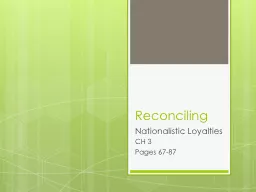

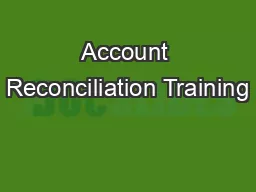
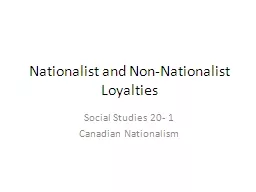
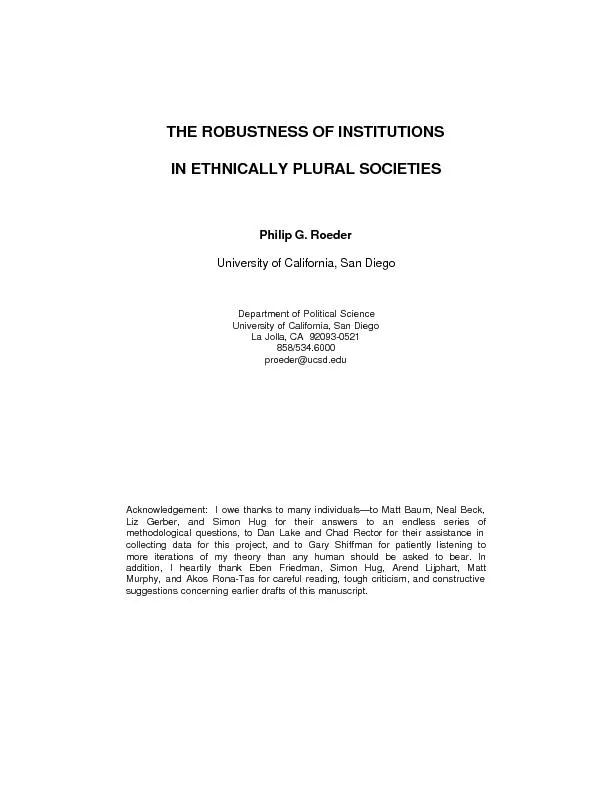
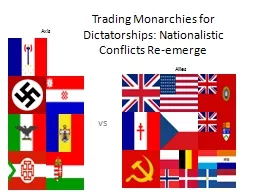

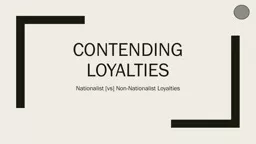
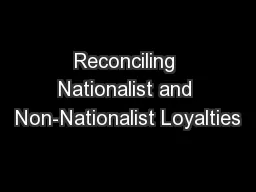
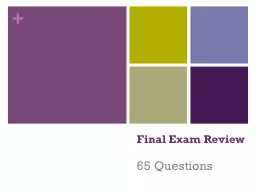
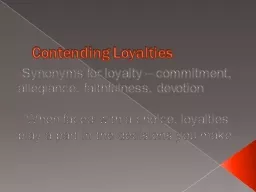
![Contending loyalties Nationalist [vs] Non-Nationalist Loyalties](https://thumbs.docslides.com/705392/contending-loyalties-nationalist-vs-non-nationalist-loyalties.jpg)
